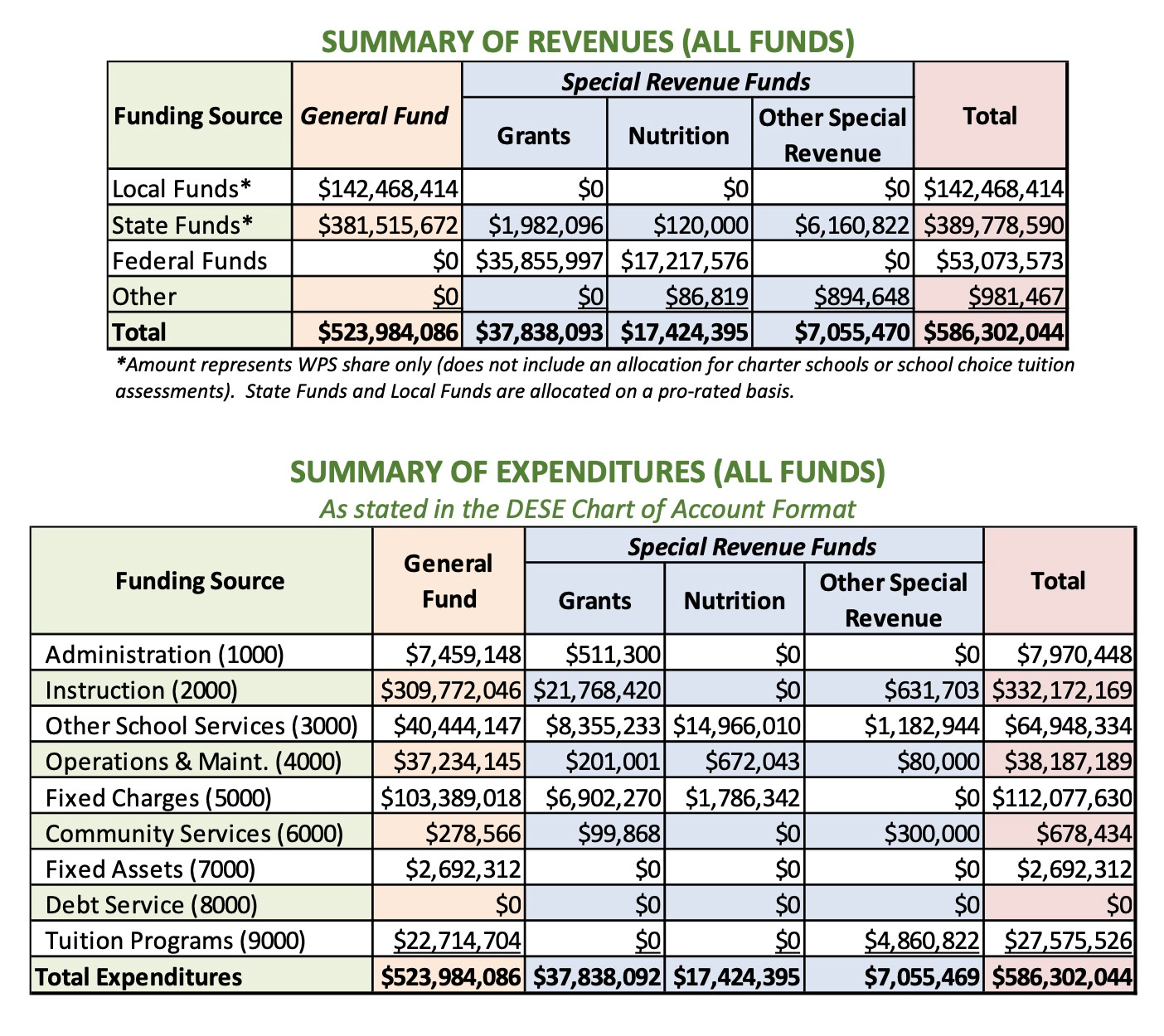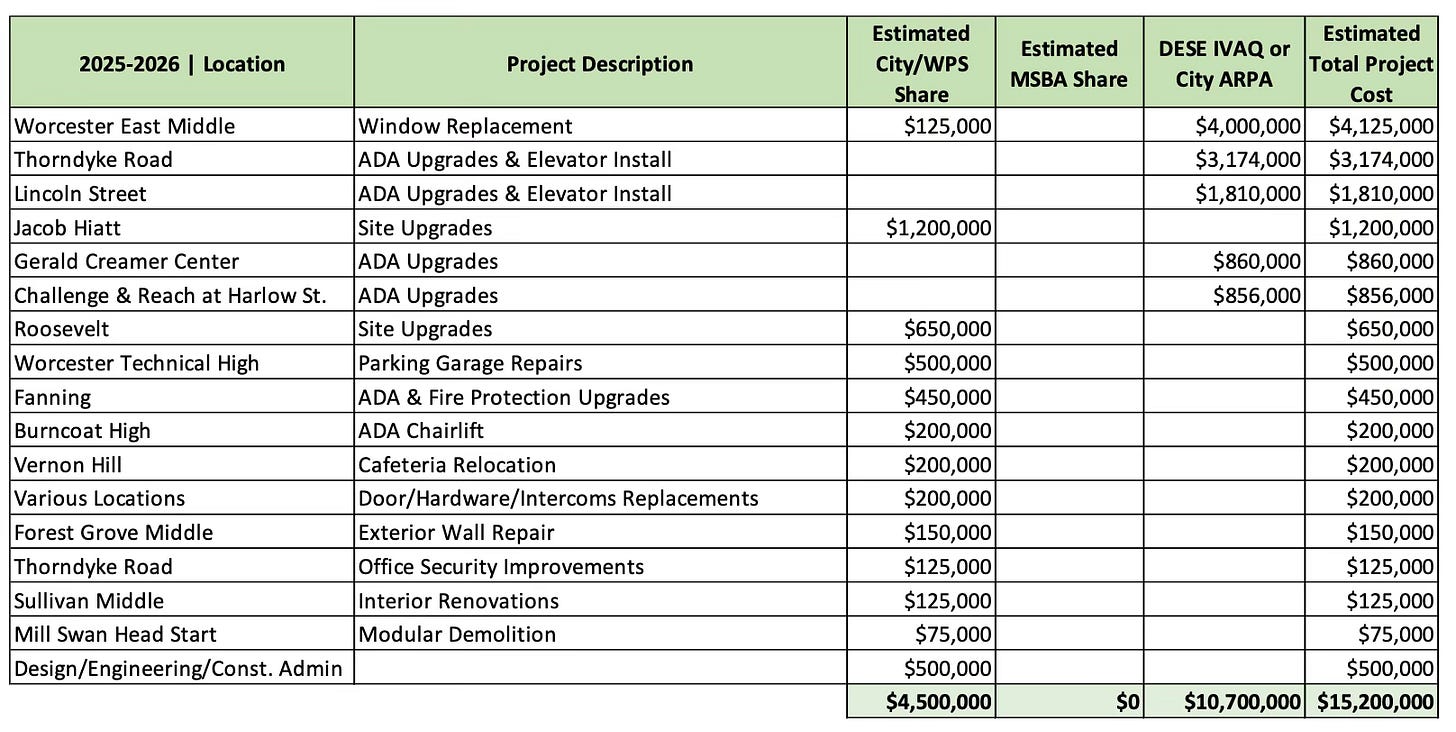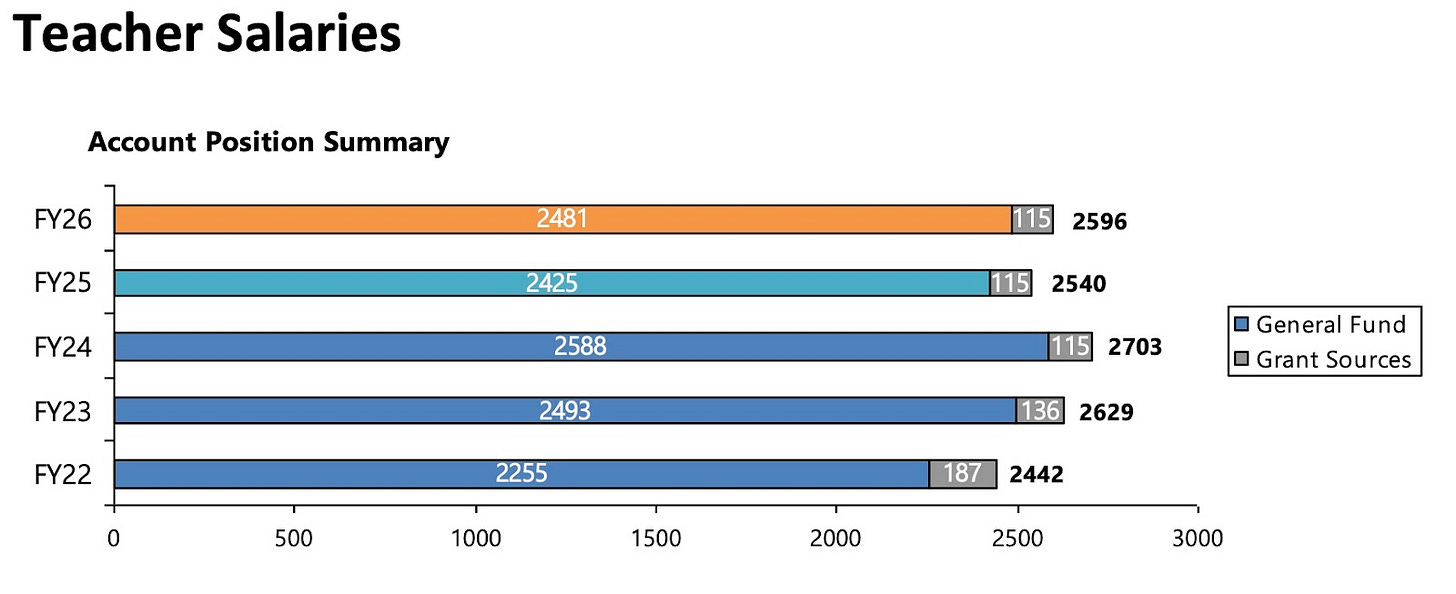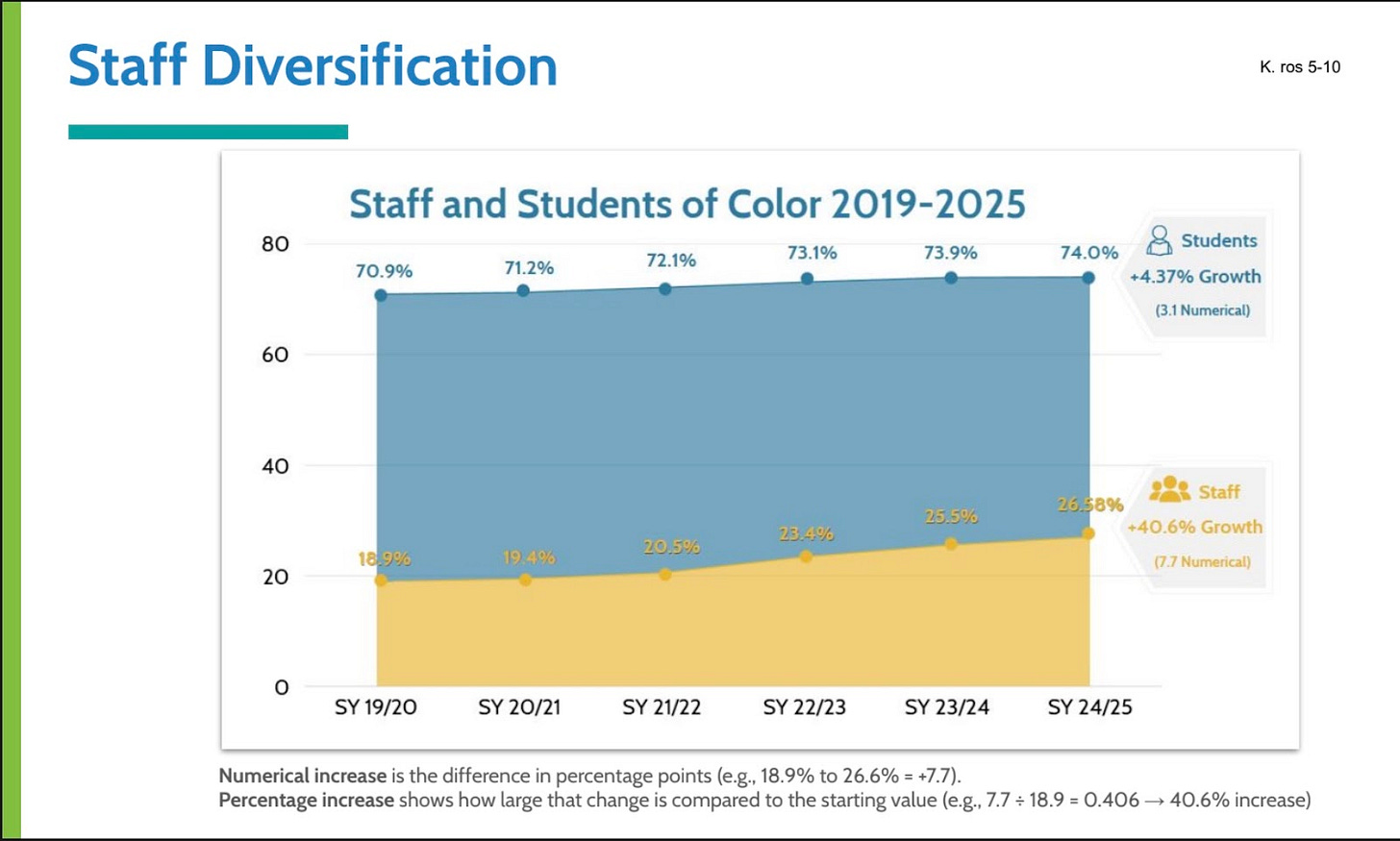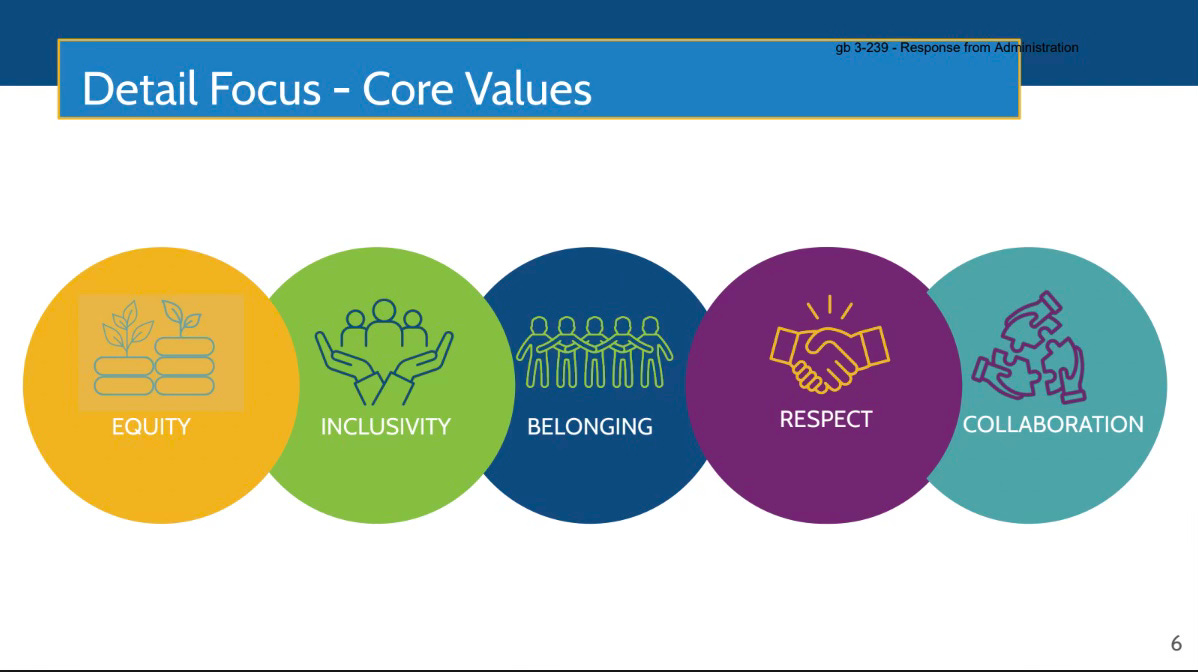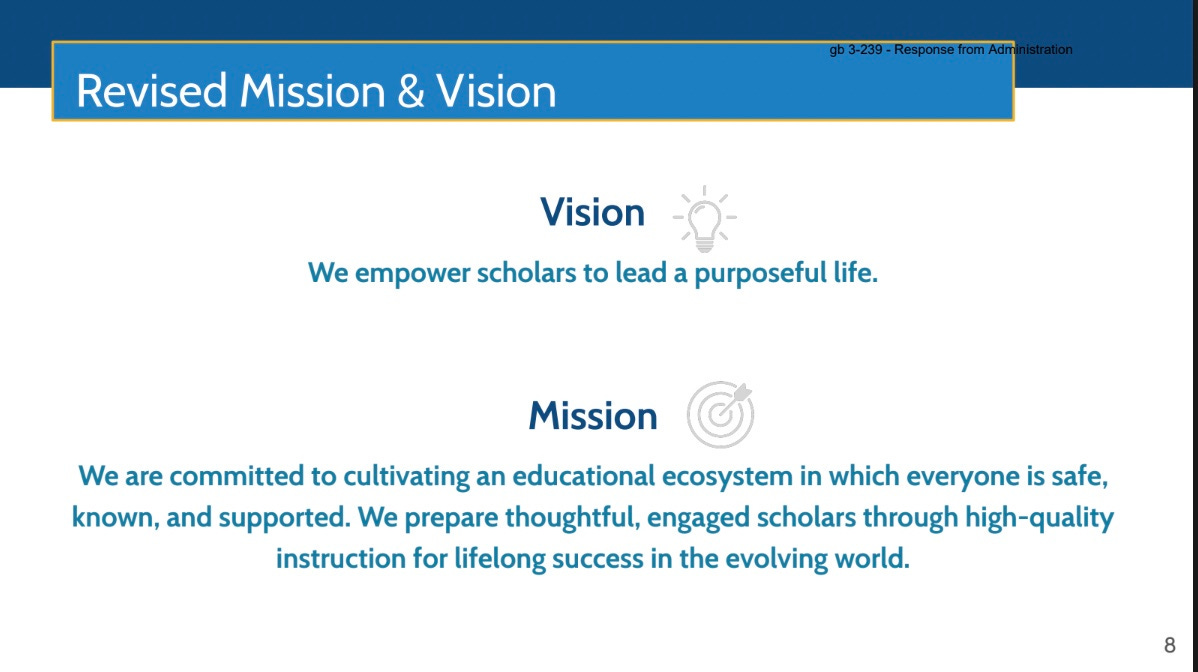This column is brought to the world wide web by paid subscribers of this newsletter! I threw Aislinn a little extra for this one. The budget breakdown within was obviously a time consuming labor of love. So can you! —Bill
Welcome to the May issue of WPS in Brief. This month covers key topics from the FY26 budget, two school committee meetings and four standing committee meetings. Format is a little different because the big focus this month is on the budget. This time of the year is a grind, but hang in there it’s almost summer!
Before we get to the budget it’s important to have a basic understanding of how funding for Worcester Public Schools works and why we don’t have a deficit (or a big increase) this year. If you haven’t read my quick budget primer I’d recommend it as a starting point before moving on.
Ok let’s dive in:
The Proposed 2025-2026 Budget.
The WPS budget office released the proposed budget book on May 9. As usual, they do an award-winning job of clearly laying out where the money comes from, where it is going, and how that connects to the district’s strategic plan. What I write about here is proposed, meaning this is what the district is suggesting as the budget. The next step is for the School Committee to deliberate over two School Committee meetings on June 5 and June 18 (a Wednesday to avoid the Juneteenth holiday). Typically the final vote of approval is taken at the second meeting, but legally the budget needs approval by June 30.
Unlike Worcester City Council, the School Committee has the power to move money between accounts. In past budget meetings the committee has typically discussed each account line one by one, often asking clarifying questions of the administration. In some cases members must recuse themselves from the discussion on certain accounts due to conflict of interest laws.1 After the committee goes through each account (which usually takes hours over two meetings) members can make motions on moving money between accounts. Now is your chance to voice your thoughts and priorities by emailing school committee members.
Here’s a broad overview of key aspects of the budget, as well as some interesting tidbits:
Increase in costs.
There are a lot of cost increases this year that the district does not have much control over: Inflation for employee benefits (+$5.6 million), retirement assessments (+$5 million), transportation for McKinney-Vento homeless students (+$1.5 million), and contractual salary increases for employees (+$22.0 million). These are areas where cuts can’t be made.
Facilities.
A bright spot in this budget is facilities. Before the Student Opportunity Act, the state underfunded districts like Worcester that have a large majority of high needs students. So in order to keep teachers in front of students, Worcester had to defer maintenance on buildings for many, many, many, years. That means the majority of our school buildings are in desperate need of updating. One goal in the strategic plan is to improve facilities, and there’s a $1.2 million increase in the ordinary maintenance budget line to back that up. There is also $4.5 million budgeted for capital expenses, which gets used quickly given the current state of the buildings. Here’s where the $4.5 million is projected to be spent next year (the whole five year capital project plan can be found on page 146 of the budget book):
Administration.
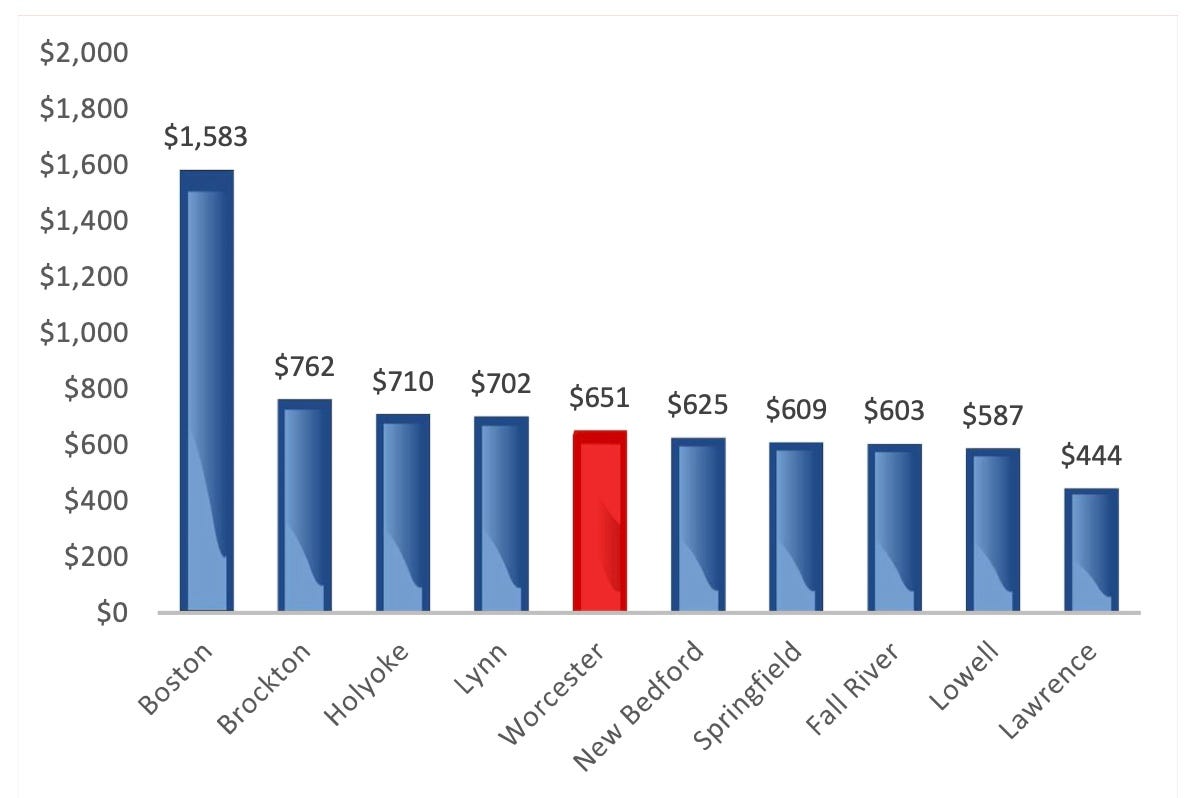
The district is adding three district-wide administration positions, including a Director of Recruitment and Retention and a Director of Culture and Climate. As you can see above Worcester has one of the lowest administration spending rates in the state. The administration line is actually budgeted $12.6 million below what the state allocates and it is $.8 million below the 1.5 percent self-imposed spending cap on administration dictated by school committee policy.
Worcester Public Schools is the second biggest employer in the City (after UMass Memorial). It employs over 5,000 people, educates almost 25,000 students, and runs over 50 buildings.
Teachers.
At the elementary school level, the district is proposing an additional 25 elementary (K-6) classroom teacher positions. For context, the district cut 45 teachers for the current school year to balance the budget. This made class sizes challenging this year because K-6 elementary school enrollment increased by 246 students (that’s the struggle with funding for schools being based on the enrollment the year before!) For next school year the district is striving for a 21 student per class average, and is predicting that just 73 elementary school classes will be between 23 and 26 students, with the rest being less than 23 (this does not include incoming kindergarten classes, which are notoriously challenging to predict). Fifteen of the teacher positions will go to specific schools (Belmont, Chandler, City View, Columbus Park, Elm Park, Flagg, Gates Lane, Quinsigamond, and Rice Square (3), Tatnuck, Vernon Hill (2), and Woodland) and the remaining ten would be assigned in the first week of school once actual enrollment shakes out.
For secondary there will also be 25 classroom content teachers added: English Language Arts (3), Mathematics (4), History & Social Studies (4), Science (3), World Language (2), Vocational (5), Music (1), Art (1), Physical Education & Health (2). If you want to understand what class size will look like next year for your school, the best person to ask is the school principal.
Before the Student Opportunity Act (SOA) was passed, Worcester estimated that they had a non-special education teacher gap of about 720 teachers due to underfunding of the district. In 2024, Worcester had hired 307 teachers, which filled 43 percent of that gap. But budget cuts last year meant losing 90 of those teachers. So, with 50 more added for next school year, the gap lessens to 453. Not great, considering we’re in year five of six of implementation of the Student Opportunity Act. This shows how much reform is still needed in how education is funded in Massachusetts.
Teacher Common Planning Time.
One priority in the budget is adding resources to allow for common planning time for teachers (through what the district is calling “collective efficacy”). At the secondary level, it looks like hiring eight additional climate and culture assistants in order to reduce teachers having “duty” periods where they are covering non-instructional duties like bathrooms or lunch. This way the climate and culture assistants can cover those duties and teachers can use that time for common planning together instead. At the elementary level, the budget allocates the same amount ($240,000) to allow for common planning time at six high-needs elementary schools. Which schools (and which grades within those schools) will be determined in the fall once MCAS scores are released.
Other Budget Odds & Ends.
Special Education. There is an increase of five positions for special education: a board-certified behavior analyst, a school-based support, and three teachers for autism classrooms. The elementary caseload for non-substantially separate classrooms will be 30 students per teacher.
Woodland and Wawecus Principals. The district is reinstating the principal position at Wawecus (it had previously been filled by Director of Innovation, Dr. Sarah Kyriazis) and also eliminating the principal position at Woodland Academy (the Principal at Claremont will cover both schools). City View and Norrback are also both getting new non-teaching assistant principal positions.
Building Substitutes. The proposed budget adds 18 building substitute positions–a full-time person at a school building whose sole job is to substitute for absent teachers. Where those building substitutes will be assigned is not yet determined.
Per-pupil instructional supply allocation. In 2023 the school committee voted to raise the per pupil supply allocation by $25 up to $100. It was then lowered in 2024 back to $75 due to budget cuts, but in January the city put “free cash” into the district budget in order to meet required net school spending, and the school committee raised it back up to $100. This proposed budget lowers it back down to $75.
Chromebooks. The budget proposes a replacement lease of 6,000 new chromebooks, with a 72 percent increase in chromebooks for middle school (where they see the biggest issue with damage). This will allow 1,000 to be in reserve in IT to be ready to be swapped out so students aren’t waiting for repairs. The new Chromebooks will also be much easier to repair, as IT will no longer have to take apart the whole chromebook to replace the keyboard. And they will also have reinforced USB ports.
Expanding Dual Language. The district is expanding two-way dual language in Spanish/English by adding a kindergarten class to Worcester Dual Language Magnet (for a total of four) and reinstating a kindergarten and first grade dual language class at Woodland Academy. As you might remember from my road map to improving literacy, longitudinal research over decades has shown that dual language programs have an “astounding effectiveness” for ALL students, especially students with disabilities and monolingual students of low socioeconomic status, not just English learners.
Bus Pass System. The proposed budget funds an electronic bus pass system that tracks bus ridership and would help better manage bus loads. It would also notify families when students get on and off the bus. The ID card could also be used as a library card, in school lunch lines, and as a bathroom pass
That’s the budget highlights. Deliberation by the school committee will be at the June 5 and June 18 meetings. If you have thoughts and priorities you want considered, email school committee members.
Bits and Bobs.
What happened at the May School Committee Meetings and Standing Committee Meetings:
New Superintendent.
I’d be surprised if you didn’t know this by now, but in the month since my last Brief we learned that Superintendent Monárrez is leaving and Deputy Brian Allen will be her replacement. If you haven’t read it yet, check out the profile I wrote about him.
Teacher Recruitment and Retention. The May 15 meeting’s report of the Superintendent was about teacher recruitment and retention. Assistant Superintendent Dr. Yeu Kue reported on the current state and gave information about the desired state, strategies, and future steps. Overall the district retained 96.3 percent of staff and 93.4 percent of new hires. There was also some growth in the number of hired staff of color:
New Mission, Vision and Core Values.
At the May Finance, Operations, and Governance (FOG) subcommittee meeting the district presented a new mission statement and new core values.
These are based on surveys done with educators, families, and the community. It still needs full committee approval to become official.
Undercover Anti-Bullying Team. At the May FOG meeting, Administrative Director of Positive Youth Development, Tom Toney, gave a report on the Undercover Anti-Bullying Team, which is a six-step process that is “strategically designed to combat bullying through a framework that emphasizes both healing the harm caused and proactively preventing future incidents.”
New South Quadrant Executive Director. In today’s episode of WPS musical chairs, Chris Kursonis will be the third Executive Director of the South Quadrant in as many years. Kursonis has been the Director of College and Career since 2023, and before that he was the high school principal at Abby Kelley Foster Charter School.
Anyone have $6 million to spare?
At the May 15 school committee meeting City Councilor At-Large Khrystian King had a petition asking for “the School Committee to consider whether 51 and 61 Sever St., Worcester may be appropriate to use for school purposes.” Back in 2021 the city bought buildings in the Elm Park neighborhood when Becker College closed (the properties are next to each other and share a courtyard). At the time the intent was to use some of them for WPS since they are more updated and in closer proximity to more school-aged children. But there were some issues with the neighbors (they did not want buses coming and going) and there would also need to be investments to bring the building up to code for a K-12 school. At the meeting the Superintendent said that it would be a $6 million renovation to bring the 61 Sever St. building up to code. She also mentioned that the school department was never offered 51 Sever St, so she didn’t have a cost estimate for that.
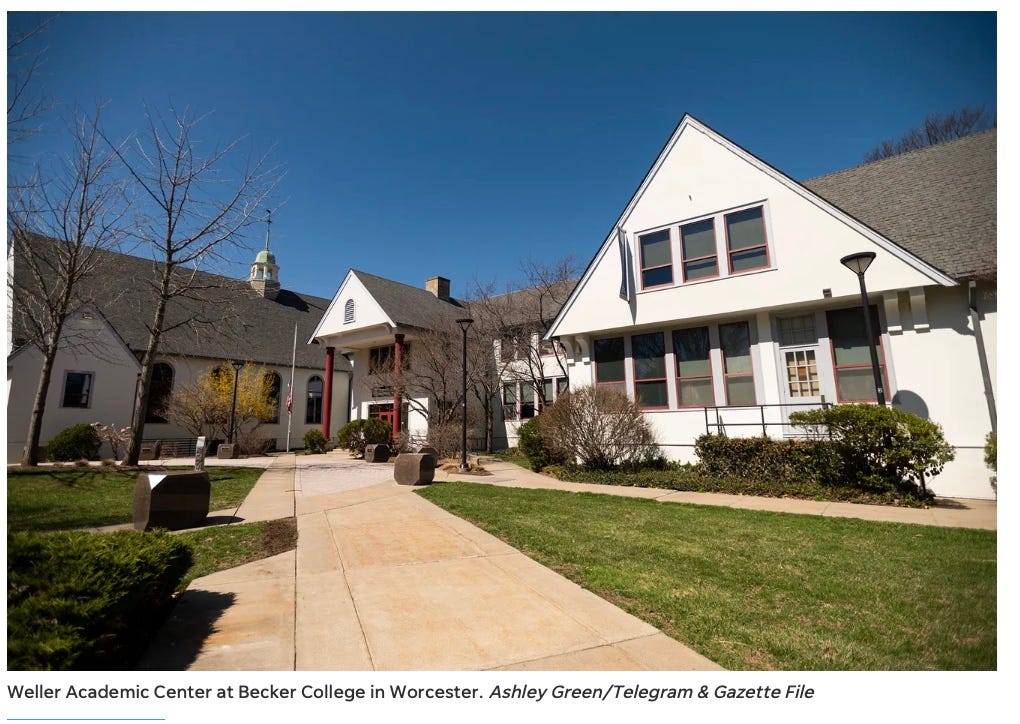
The city manager is now asking the city council to allow him to sell the buildings. The Nativity School (which currently serves 77 students in 5-8 grade, 70 percent of whom are low-income), is an interested buyer, although it’s not clear why Nativity would be allowed to have buses and WPS would not.
It is important to be 100 percent sure that Worcester Public Schools cannot use these buildings before selling them. There is little hope for building new elementary schools any time soon (for sure not until 2038, but probably more like 2040). And the district continues to cite available classroom space as limiting factors to expanding full-day preschool, despite all the research showing that could have the biggest impact on student achievement. As Sue Mailman (at-large) said, “We’re not in a position as a city or a school department to give away buildings when we have big needs in our system.” The school committee requested a report on costs to come back at the next school committee meeting on June 5. The buildings are also on the agenda for a city council committee on public works meeting on May 28, so the city council could legally decide to sell them before getting a recommendation from the school committee.
Upcoming Dates.All meetings have virtual options, see the school committee site for more information.
School Committee Meetings to discuss the budget are June 5 and June 18, 4 p.m.
Teaching, Learning and Student Supports is June 12, 5:30 p.m.
Finance, Operations and Governance is June 16, 5 p.m.
That’s it. Have a great end to the school year! And please consider a paid subscription to Worcester Sucks and a tip to support my work.
There are currently three school committee members with conflicts of interest due to family who are WPS staff members, all of whom coincidentally work at Burncoat High: Maureen Binienda (her daughter Mairecait Binienda is a teacher), Kathleen Roy (her daughter Katie O’Leary is a School Adjustment Counselor) and Molly McCullough (her husband, Donald Huban, is a Climate and Culture Specialist).



